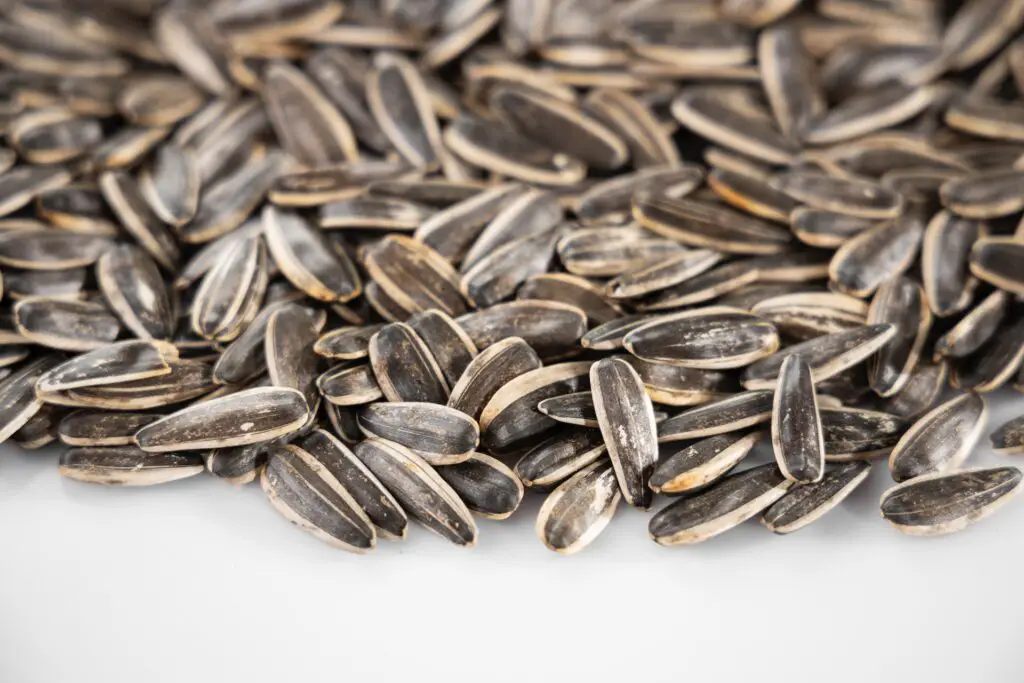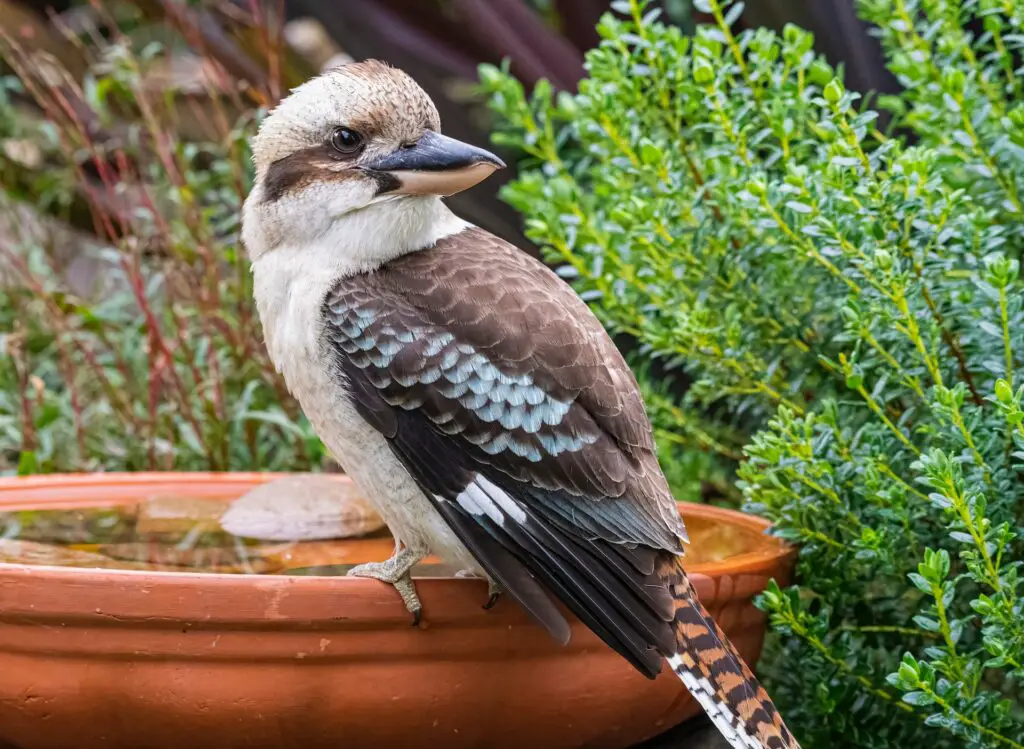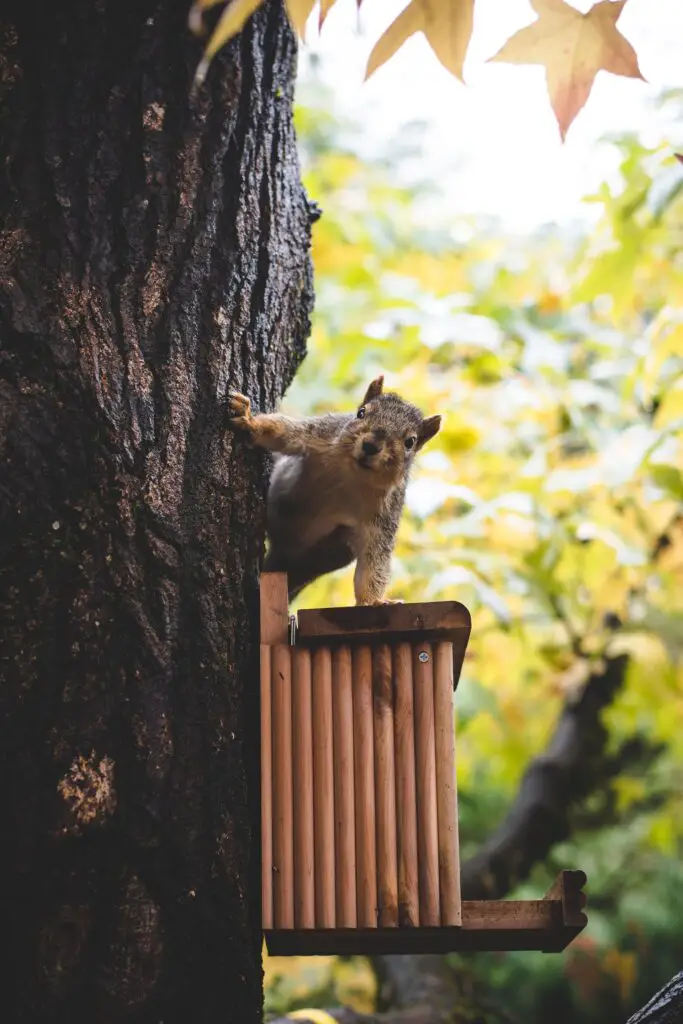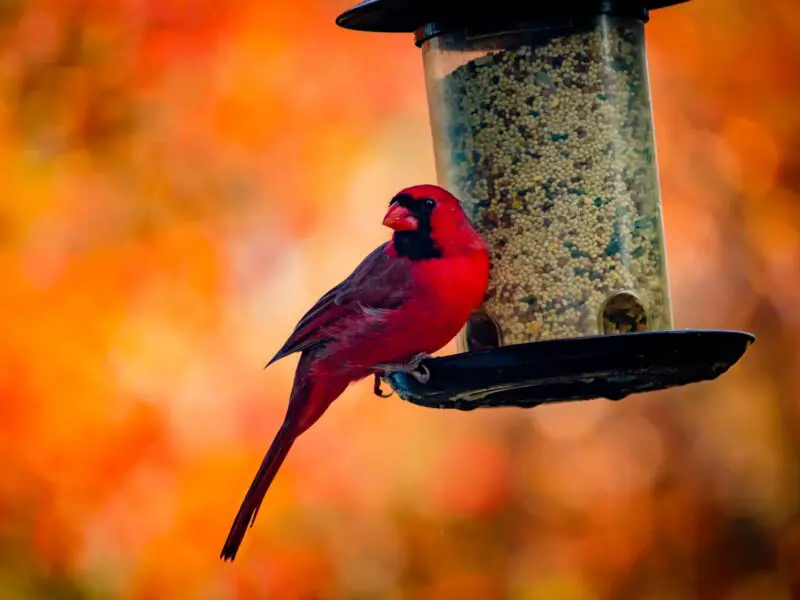This post may contain affiliate links. Please read the disclosure for more info.
For both avid birders and casual wildlife enthusiasts, there is nothing more satisfying and relaxing than enjoying your morning coffee and looking out at the variety of birds you’ve attracted with your feeders. However, many who decide to get a feeder may be disappointed with the results.
From a lack of variety to a lack of bird traffic altogether, it can be frustrating to try and understand what you could be doing differently. Thankfully, there are many things you can do to up both the volume and variety of bird species who are frequenting your yard. If you’re not satisfied with your feeder or are just looking for ways to attract some new feathery friends, read on.
Food
When it comes to attracting more birds, or particular birds, not all seed is created equal. Choosing your food carefully will garner big payoffs in the quantity and variety of birds you see frequenting your yard.
Quality
A common mistake made by many who are installing a feeder for the first time is underestimating the importance of the quality of food in your feeders. Cheap bird seeds do exist, but it is unwise to believe that your local birds will not know the difference. Like many living things, birds are attracted to the food sources that will most benefit them nutritionally and will keep them healthy.
Instead of picking up your seed or suet from a local big box shop or garden store, try investing in food from bird and wildlife shops. These stores are more likely to carry food that contains the right mix of nutrients and quality that will make your feeder the most popular breakfast spot in the neighborhood. Additionally, staff will be able to answer any questions you may have and help guide you towards the right types of food to cater to any specific species you may be hoping to attract.
Seeds, Suet, and More
Just as not all humans eat the same, different species of birds have different nutritional needs. Stocking all your feeders with one type of food is likely to discourage a large variety of species, and you may find yourself wondering why there is little diversity in your yard.

When stocking feeders, make sure you are offering a variety of options. Seeds, such as Black Oil Sunflower Seeds, are great at attracting many songbirds like Blue Jays, Grosbeaks, Cardinals, and Chickadees. Smaller seed varieties like millet will attract birds like finches, who may not be able or willing to eat the larger seed sought after by other birds.
Seeds are not the only option when it comes to bird food. Suet is densely packed with nutrients sought after by birds like woodpeckers. Fruits like oranges will go a long way to attract birds such as Orioles.
Different birds have different dietary preferences. If you’re looking to attract a specific species, it’s crucial to do your research, as simply changing the offerings at the feeder can help your yard to become a more diverse birdwatching environment.
The Feeder
Not all feeders are created equal, and attracting birds to your feeder can be more complex than simply staking it into the ground near your windows. From quantity to location, to cleanliness, there’s a lot to consider when setting up your bird feeders.
Less is Not More
When it comes to bird feeders, less is certainly not more. While taking a single feeder into the ground outside your home may attract a few birds, it’s unlikely to attract the variety or quantity you’re desiring. Having many feeders of different heights, styles, and positions will almost immediately increase the variety of feathered friends in your yard.
There are many different styles of feeders to choose from, and each does its part to attract different types of birds. Platform feeders, hanging feeders, and suet feeders all function differently and serve different species.
On the market are also bird-specific stakes that work to hold different fruits and nuts to attract species of birds that may not be tempted by stereotypical feeders. There are even species of birds who may skip the feeder altogether, and prefer to eat the seed that falls to the ground instead.
Location, Location, Location
The location of your feeders is important not only to guarantee that you are able to watch and enjoy all of the exciting new birds visiting your yard but also to create an environment where birds feel safe and content to eat.
Because different birds display different feeding behaviors, a species that may be comfortable swooping in to eat from an exposed feeder may not enjoy eating from one that is placed around or beneath trees. On the other hand, many species may feel uncomfortable eating from a feeder that they find too exposed. Placing different feeders in a variety of locations, both covered and uncovered can help all kinds of birds feel comfortable eating in your yard. Consider creating an area in your yard that can house all these different placements, while still remaining in view.
Water
Often overlooked, but incredibly important, is the presence of water. In the pursuit of attracting birds, water is an element in the equation that many forget about, but can make a significant difference. Most people have heard of birdbaths, but there may be more that goes into choosing the right feature than you know.
Birdbaths
While it’s no doubt adorable to watch a little bird splash around and get clean, birdbaths actually play an important part in keeping birds both clean and hydrated. In areas where freshwater is sparse, birdbaths can offer a place to rehydrate year-round. Birdbaths can be incredibly ornate, and provide a lovely decorative feature to your yard, but the way your bath looks likely makes little difference to the birds who visit. A simple, shallow, clean water source is enough to keep your feathered friends happy.

What does make a difference, however, is the placement of whatever water source you choose. Like feeders, different birds are happier bathing and drinking from sources placed at different heights. While those who prefer hanging feeders may have no problem with elevated baths, some may prefer ground sources like ponds or ground-level bird baths.
Keep It Clean
Just like the water we drink, it is crucial to make your birds’ water source a clean and safe place to frequent. Changing the water every other day and ensuring that scum or other unsafe residue doesn’t accumulate will help protect the health of your wildlife, and make your bath a more attractive source of water for local birds.
To avoid crowding, consider getting a few different sources of water, especially if you are also hosting a number of feeders. This will reduce competition and keep the peace in your yard.
Keep It Moving
If you are looking to truly elevate your yard and boost its attractiveness to wild birds, finding a moving source of water is a game changer. Birds are attracted to the sound of running water and flock to the noise from a mile away. A waterfall or dripping feature can attract even birds who are not interested in feeding in your yard at all. Though features such as these can be expensive, they don’t have to be, as even simple setups go a long way to make your yard a bird’s paradise.
Nesting and Roosting
Making birds feel safe in your yard is another great way to make your feeders more highly trafficked. Nesting and roosting boxes provide a place for birds to shelter from the elements and stay warm during cold winters. They allow birds to hide from predators and rest out of sight and harm’s way. Roosting boxes allow birds to flock together in groups, socialize, and keep warm.
Nesting boxes can encourage wild birds to build nests and lay eggs in your yard, which means that you will have consistent and enduring visits. Not all birds will find nesting boxes attractive, but many will, and if you are looking to make your yard as bird-friendly as possible, they’re great to consider.
You can encourage nesting by leaving materials such as grass, pet hair, and other small brush around your yard, as these are all utilized by birds.
Plants and Landscaping
Those who are very committed to creating a bird friendly yard may want to take the extra step to consider how their landscaping, and choice of plants, can contribute to the species of birds that visit their home. Empty yards provide no shelter or cover for birds and are rather unattractive options for feeding too many species. Trees, shrubbery, and foliage all contribute to ecosystems where birds feel comfortable, and constructing an environment such as this will increase the diversity and quantity of birds you see daily.
When choosing which plants to invest in, consider species that are native to your environment, as they have the best chance of inviting the bird species that are also native to your area. Many of these plants are likely to provide another source of not only shelter but also food, offering seeds and nectar that many species of birds obtain their food from in the wild. Native plants are also more likely to thrive in your climate than those foreign to your area, which will prevent the need to reinvest in new plants each year.
A Pop of Color
If you’re still having a difficult time enticing birds towards your feeders, it may be important to consider adding some pops of color near your feeding station. Though birds do appreciate natural settings, they are also undeniably attracted to bright colors. Bright colors can help birds identify your yard from greater distances, and even above from in flight. Especially attracted to pops of color are Bluejays and other bluebird varieties.
These pops of color can be produced artificially by way of the color of your feeder, small decorative items such as lawn ornaments or ribbons, or can be sourced naturally. Many flowers and plants offer bright foliage that is attractive to birds and can help boost the overall appeal of your yard.
Unwelcome Guests
All birdwatchers and birdfeeder enthusiasts know that having a feeder isn’t always all fun and games. Nothing is more aggravating than spending time and money perfecting your feeder setup, only to have your feeders ravaged by unwelcome guests. The greatest offenders are squirrels and chipmunks, who also are drawn to the same seeds, nuts, and suet that your birds love. The occasional squirrel may cause few problems, but when the visits are consistent, you may find yourself losing more seed to squirrels than the birds you are aiming to see.

Luckily, designers of feeders are well aware of this problem and have been working for years to try and construct feeders that are pest resistant. Designs that include cage work or barriers around the seed make it hard or impossible for squirrels to snack. Other feeders are weight balanced, making it difficult for them to perch at all. Natural deterrents like greasing feeder poles can also be used to make it difficult for squirrels to scale your feeders, but may also make feeders feel unclean, or allow them to collect dirt more rapidly.
Attracting More Birds Can Be Simple
There are countless ways you can increase traffic and diversity to your bird feeders. Often it’s as simple as just figuring out where to start. From adding a few more feeders to investing in a water feature, native plants, or a pop of color, there’s almost always something you can do that is both budget-friendly and effective.
Not only do many of these methods have the benefit of allowing you to enjoy better birdwatching, but you can also feel good knowing you are providing an ecosystem where wildlife can thrive. Many native bird populations struggle when their habitats are cleared or developed. Giving these populations a place to nest, feed, drink, and feel safe is an incredible way to contribute to wildlife preservation, and enjoy nature at the same time, all from the comfort of your home.


 Fascinating Reasons Why You Should Have a Birdfeeder in Your Yard
Fascinating Reasons Why You Should Have a Birdfeeder in Your Yard
Leave a Reply